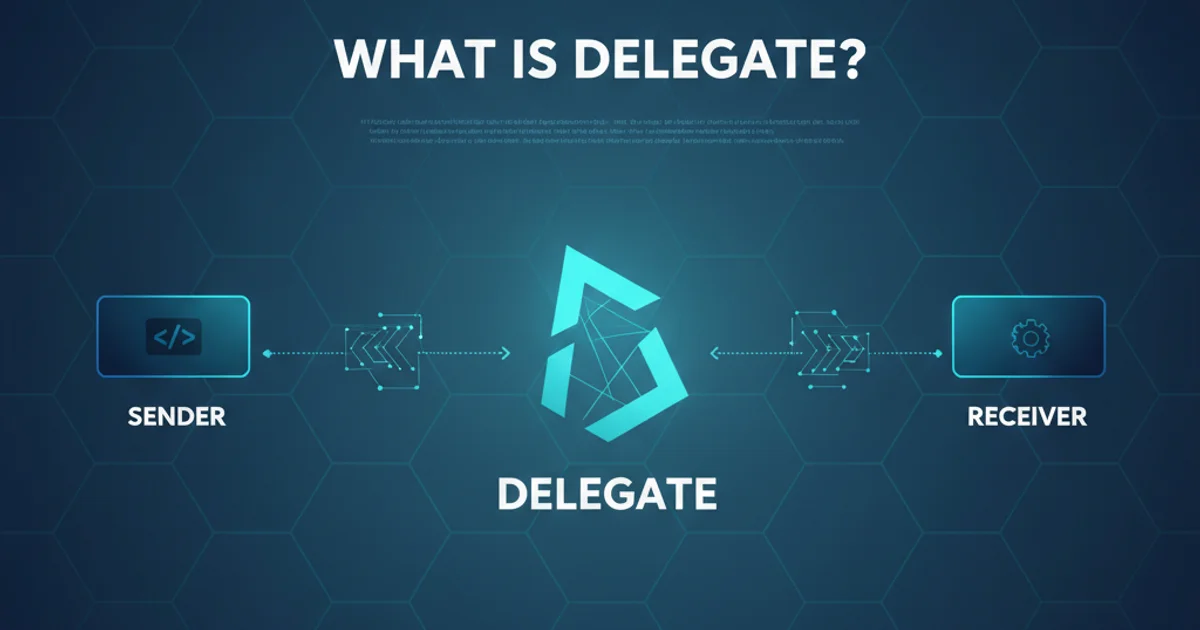Execution failed app:processDebugResources Android Studio
Categories:
Resolving 'Execution failed app:processDebugResources' in Android Studio

This article provides comprehensive solutions and troubleshooting steps for the common Android Studio error 'Execution failed for task ':app:processDebugResources''. Learn how to diagnose and fix resource processing issues, especially when working with Bitbucket.
The error Execution failed for task ':app:processDebugResources' is a frequent hurdle for Android developers, often indicating a problem with how your project's resources are being processed during the build phase. This can stem from various issues, including corrupted caches, incorrect resource definitions, or conflicts arising from version control systems like Bitbucket. Understanding the root cause is key to a swift resolution.
Common Causes and Initial Checks
Before diving into more complex solutions, it's crucial to perform some basic checks. Many resource processing errors are transient or caused by simple misconfigurations. This section outlines the most common culprits and how to address them quickly.
flowchart TD
A[Start Debugging] --> B{Error: processDebugResources?}
B -->|Yes| C[Clean Project]
C --> D[Rebuild Project]
D --> E{Error Persists?}
E -->|No| F[Success!]
E -->|Yes| G[Invalidate Caches / Restart]
G --> H{Error Persists?}
H -->|No| F
H -->|Yes| I[Check Resource Files (XML, Drawables)]
I --> J{Syntax Errors / Duplicates?}
J -->|Yes| K[Fix Resource Errors]
J -->|No| L[Check Gradle Dependencies]
L --> M{Conflict / Missing?}
M -->|Yes| N[Update / Sync Gradle]
M -->|No| O[Consider Bitbucket Sync Issues]
O --> P[Manual Sync / Re-clone]
P --> Q[Final Check]
Q --> R{Resolved?}
R -->|Yes| F
R -->|No| S[Advanced Troubleshooting]Troubleshooting Flow for 'processDebugResources' Error
Addressing Resource File Issues
The processDebugResources task specifically deals with your application's resources. Therefore, errors in resource files (like XML layouts, drawables, strings, or colors) are a primary cause. This includes syntax errors, incorrect naming conventions, or duplicate resource definitions.
<!-- Example of a potentially problematic XML resource -->
<string name="app_name">My App</string>
<string name="app_name">Another App Name</string> <!-- Duplicate name, will cause error -->
<!-- Incorrect XML syntax -->
<color name="my_color" #FF0000/> <!-- Missing closing quote for value -->
Examples of common resource file errors that can trigger processDebugResources failure.
1. Inspect Error Output
Carefully read the error message in the 'Build' output window. It often points directly to the problematic file and line number. Look for phrases like AAPT: error: ... or resource ... not found.
2. Check XML Syntax
For any XML files mentioned in the error, ensure they are well-formed. Check for missing closing tags, incorrect attributes, or invalid characters. Android Studio's XML editor usually highlights these errors.
3. Verify Resource Naming
Ensure all resource names (e.g., string name="...", id="@+id/...") are unique within their respective types and follow Android's naming conventions (lowercase, _ for spaces).
4. Review Drawable Resources
If the error relates to drawables, check image files for corruption or unsupported formats. Sometimes, simply re-saving an image can resolve issues.
Gradle and Bitbucket Synchronization Problems
When working with version control systems like Bitbucket, synchronization issues can lead to an inconsistent state in your local repository, causing build failures. This is particularly true if .gradle or build directories are accidentally committed or if local changes conflict with the remote. Gradle's caching mechanisms can also become corrupted.
// Example build.gradle (app-level) snippet
android {
compileSdkVersion 33
defaultConfig {
applicationId "com.example.myapp"
minSdkVersion 21
targetSdkVersion 33
versionCode 1
versionName "1.0"
testInstrumentationRunner "androidx.test.runner.AndroidJUnitRunner"
}
buildTypes {
release {
minifyEnabled false
proguardFiles getDefaultProguardFile('proguard-android-optimize.txt'), 'proguard-rules.pro'
}
}
}
dependencies {
implementation 'androidx.appcompat:appcompat:1.6.1'
implementation 'com.google.android.material:material:1.9.0'
// Ensure all dependencies are correctly specified and up-to-date
}
Verify your build.gradle files for correct compileSdkVersion, targetSdkVersion, and dependency versions.
build/ or .gradle/ directories to Bitbucket or any version control. Add them to your .gitignore file to prevent conflicts and corrupted builds.1. Clean and Rebuild Project
In Android Studio, go to Build > Clean Project and then Build > Rebuild Project. This clears generated files and recompiles everything.
2. Invalidate Caches and Restart
Go to File > Invalidate Caches / Restart... and select 'Invalidate and Restart'. This clears Android Studio's internal caches, which can often become corrupted.
3. Sync Gradle Files
Click the 'Sync Project with Gradle Files' icon (a refresh icon with an elephant) in the toolbar. This ensures your project's Gradle configuration is up-to-date.
4. Delete Build Directories Manually
Close Android Studio. Navigate to your project root in your file explorer and manually delete the .gradle and build directories. Then, reopen Android Studio and let it re-sync and rebuild.
5. Check Git Status and Revert
If the issue appeared after a recent pull from Bitbucket, check your Git status (git status). If there are uncommitted changes or conflicts, consider stashing or reverting to a known good state (git reset --hard HEAD).
6. Re-clone Repository (Last Resort)
As a last resort, if you suspect deep corruption or persistent issues after a Bitbucket pull, consider backing up your local changes, deleting the local repository, and re-cloning it from Bitbucket. Then, re-apply your changes.